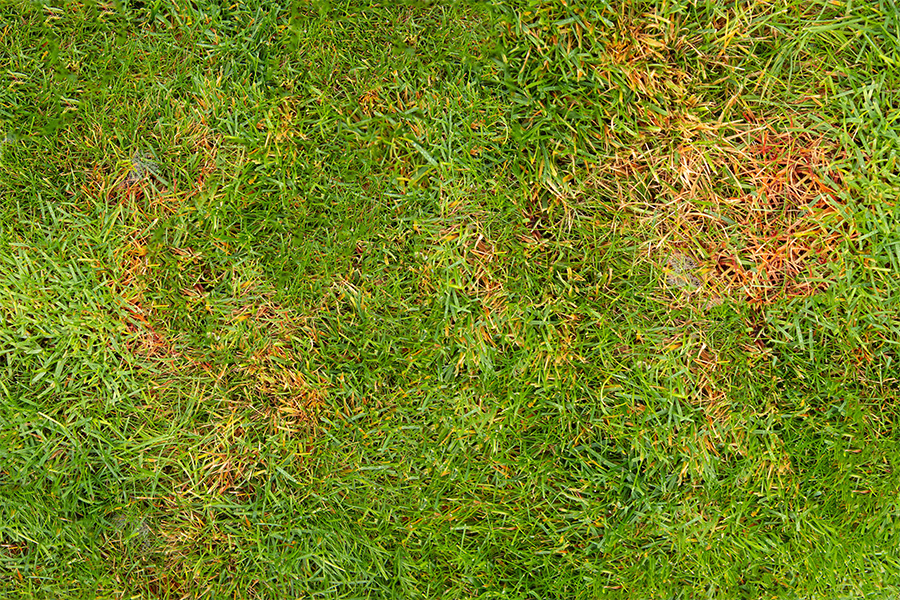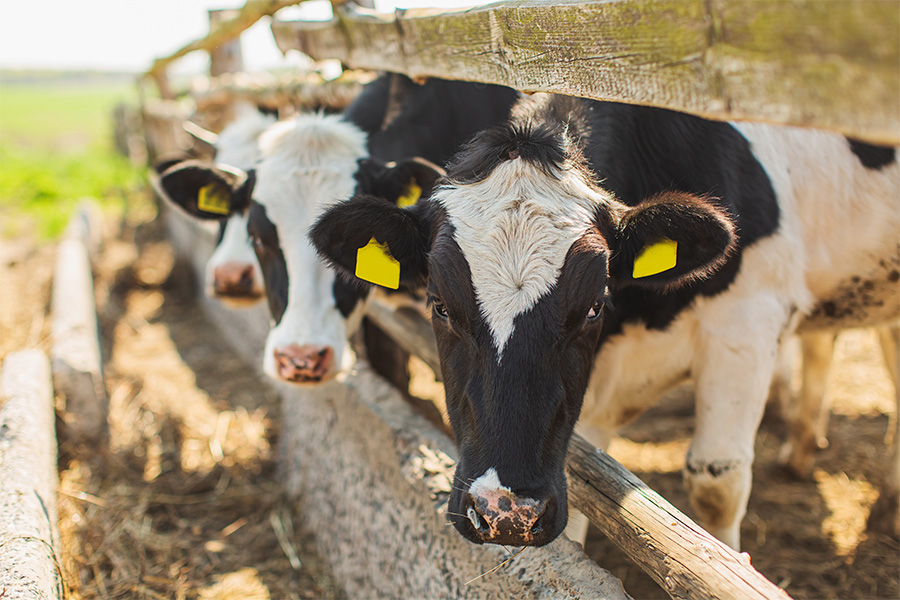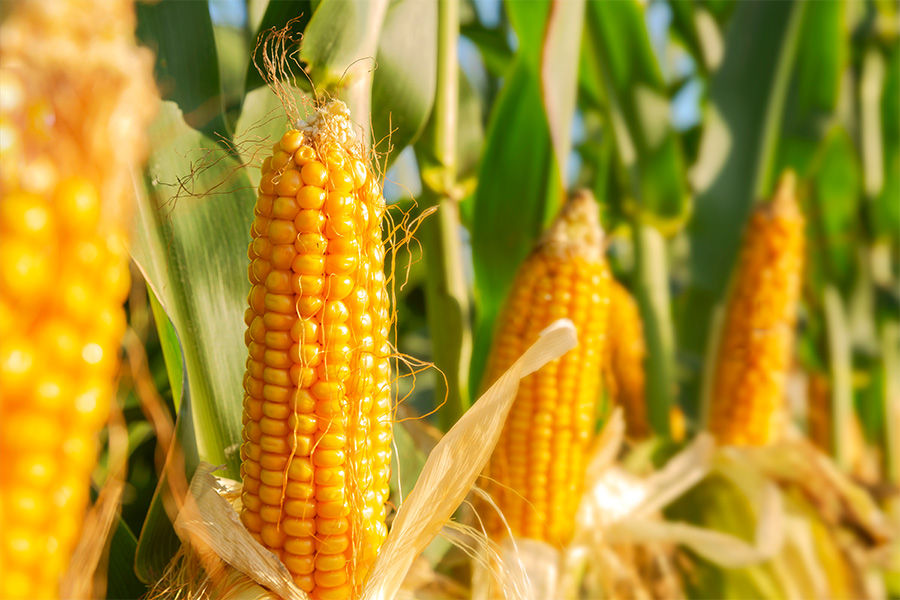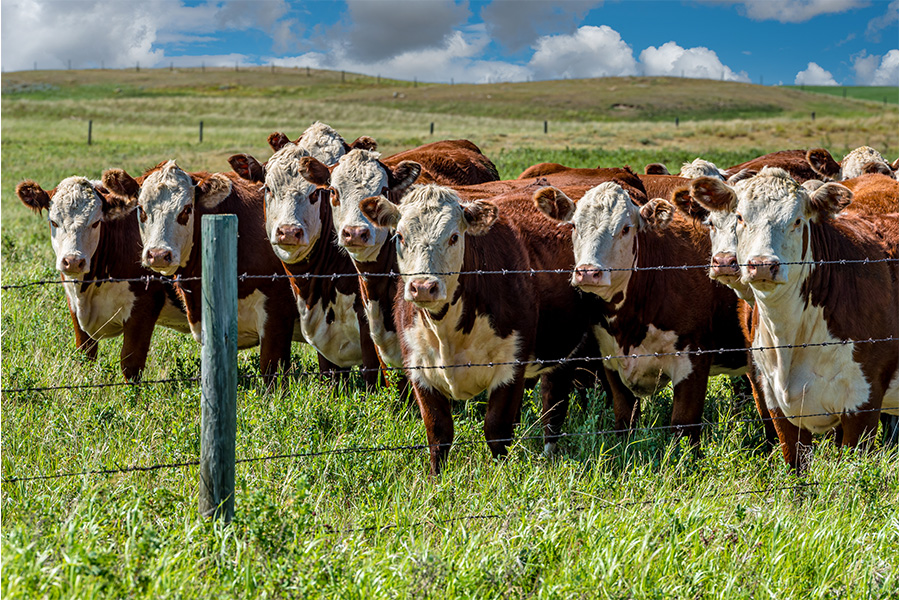-
This publication discusses tropic croton identification and control in cotton and peanut.
|
-

This publication is a comprehensive guide to identifying and controlling turfgrass diseases in Georgia.
|
-

This guide is designed to help you improve your reasons for your placings in dairy cattle evaluations. Slowly incorporate new terms into your oral reasons and your ability to describe what you see will continue to improve. Concentrate on what you see instead of what you don’t see. You only have 2 ½ minutes to justify your placings. Use I.D. points, and Practice! Practice! Practice!
|
-
Reproductive management of dairy heifers is one area in which many dairy producers can improve. Heifers are the most fertile animals in a herd and should have the greatest genetic potential. Dairy producers need to pay more attention to getting heifers bred sooner and breeding them to genetically superior bulls. This publication describes methods for improving dairy heifer reproductive management.
|
-
The field is a complex environment with many factors that can interact to influence the growth of a corn plant. These factors can be living in the form of insects, diseases, nematodes and weeds; or, they can be non-living such as weather, nutrients or chemicals. In the proper combination of factors, corn can produce more than 200 bushels per acre in the Southeast; or in a totally unfavorable combination, every corn plant can die. When a problem is identified, it is important to determine the extent and severity of the problem to decide whether corrective measures are necessary or available. Use this guide and other technical information before implementing any management decision. Contributing authors to the original manuscript include: University of Georgia: Dewey Lee, former Extension Agronomist; Eric Prostko, Extension Weed Scientist; Steve Brown, former Extension Entomologist; Randy Hudson, former Extension Entomologist; and Bob Kemerait, Extension Plant Pathologist; University of Florida: Greg McDonald, Weed Scientist; Mississippi State University: Richard Baird, Plant Pathologist; Auburn University: Paul Mask, Extension Agronomist, and Kathy Flanders, Extension Entomologist.
|
-
The nutrients and organic materials found in poultry litter/manure are extremely beneficial by-products, as evidenced by the fact that years of application have transformed north Georgia from a severely depleted landscape in the 1920s and 1930s to a productive and green one today. Over-application or improper storage of poultry litter, however, can cause nutrient contamination of the state’s waters. Given the size and economic importance of this key agricultural industry, poultry producers must properly use this material to obtain maximum economic value of its fertilizer qualities while assuring protection of the environment.
|
-

Aflatoxin is a naturally occurring toxin produced by the fungus Aspergillus flavus. The fungus can be recognized by a gray-green or yellow-green mold growing on corn kernels in the field or in storage. Plant stress due to drought, heat or insect damage during fungus growth usually increases aflatoxin levels. Aflatoxin contamination will reduce feeding value and hinder sales. Because it is extremely poisonous to warm-blooded animals even at relatively low levels, grain handling facilities often check for the presence of the toxin before purchasing corn.
|
-

Estrous (heat) synchronization in beef cattle involves manipulating the females’ estrous cycle so they can be bred at about the same time. The normal 21-day estrous cycle in beef cattle can be altered by following an effective estrous synchronization protocol. Numerous estrous synchronization protocols have been developed that use a combination of different drugs and products to alter hormonal changes in the female’s estrous cycle. Since different reproductive hormones are used in estrous synchronization, developing a basic understanding of several reproductive hormones is helpful for determining which protocol will work best for your herd.
|